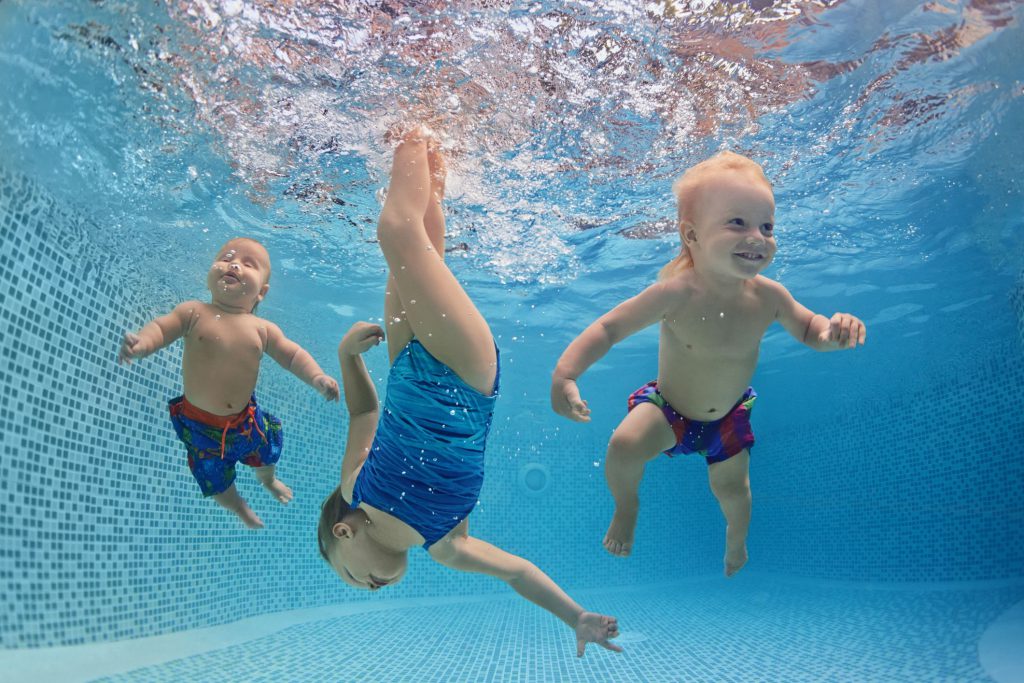
This June, a four year old boy old died tragically in Texas several days after swimming in a dike. He felt fine that day but started vomiting and having diarrhea the following day. A few days later, his father found him unresponsive, called 911 and he was rushed to the emergency department but did not survive. His cause of death was declared by the media to be due to “secondary drowning”. Media accounts about dry and secondary drowning went viral with misinformation that frightened parents and caregivers. After articles on the internet and news, parents were worried that their child could succumb to secondary drowning days after going swimming in the absence of any signs or symptoms. This article will hopefully dispel some of the misconceptions about children and drowning and also give you a sense of when it is appropriate to seek medical help.
Drowning is a leading cause of death in children ages 1-14 with over 500,000 drowning related deaths occurring worldwide. Many terms have been associated with drowning such as “dry drowning”, “wet drowning” and “secondary drowning”. These terms are no longer in use by the medical community. The only accepted term by the World Health Organization and the American Red Cross is drowning which is defined as “the process of experiencing respiratory impairment from submersion/immersion in a liquid”. Submersion occurs when the victim’s airway goes underneath the liquid. Immersion occurs when water is splashed on the face. (NEJM 2012). Any submersions or immersion that occurs without any respiratory symptoms is considered a “water rescue” and NOT a drowning. Drowning is a continuum from merely coughing and choking after swallowing water to death. What is key to understand is that not every drowning victim dies. In fact, an estimated 13,000 patients visit the emergency department annually for drowning, with an estimated 3500 deaths from drowning.
Since drowning is such a clinical continuum, when should we worry and seek medical attention?
1. Any drowning victim with persistent coughing which does not resolve in 1-2 minutes
2. Any signs of breathing faster or working to breathe
3. Any signs of your child seeming sleepier or less responsive than usual
4. Color change like pallor or blue lips
5. Vomiting
6. Increased fussiness or crankiness
One of the most common questions that parents have is how long do you have to watch your child for signs and symptoms after a drowning incident especially if they seem fine Symptoms from water aspiration seem to most commonly evolve in the first 6-8 hours and less commonly within 24 hours. In rare cases where a child drowned in stagnant water, symptoms can develop days later due to a bacterial infection. Most importantly is to be aware of any of the signs and symptoms listed above and seek appropriate medical attention for those symptoms. According to the American College of Emergency Physicians, “there are no cases of completely normal, asymptomatic patients who suddenly die because they went swimming a few days ago”.
How to prevent children from drowning or having swimming-related accidents?
1. Pool fences – if you have a swimming pool, make sure you have a fence with a latched, child proof gate surrounding your pool. Many companies now sell alarms that are activated when the gate is open.
2. Swimming lessons
3. Never leave your child unattended near a pool or body of water (close supervision is key!)
4. Learn CPR!
5. Life jackets available around the pool or body of water
Looking for something specific? Write to Dr. Audrey Paul and let her know what topic you're interested in learning more about.
Get in touchLooking for something specific? Write to Dr. Audrey Paul and let her know what topic you're interested in learning more about.

